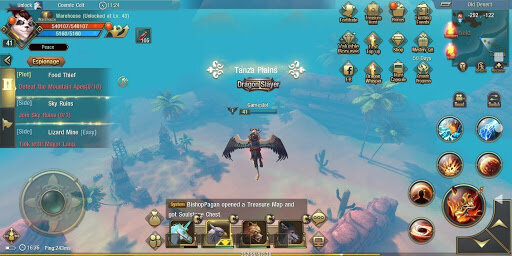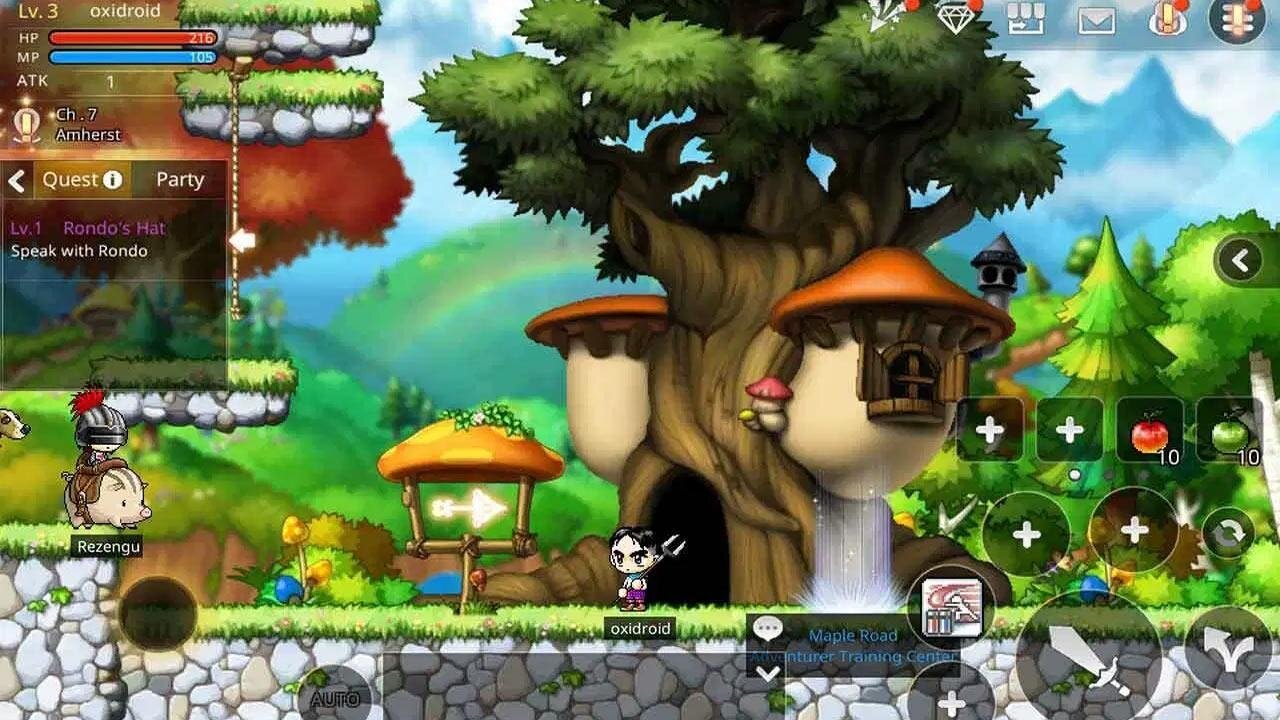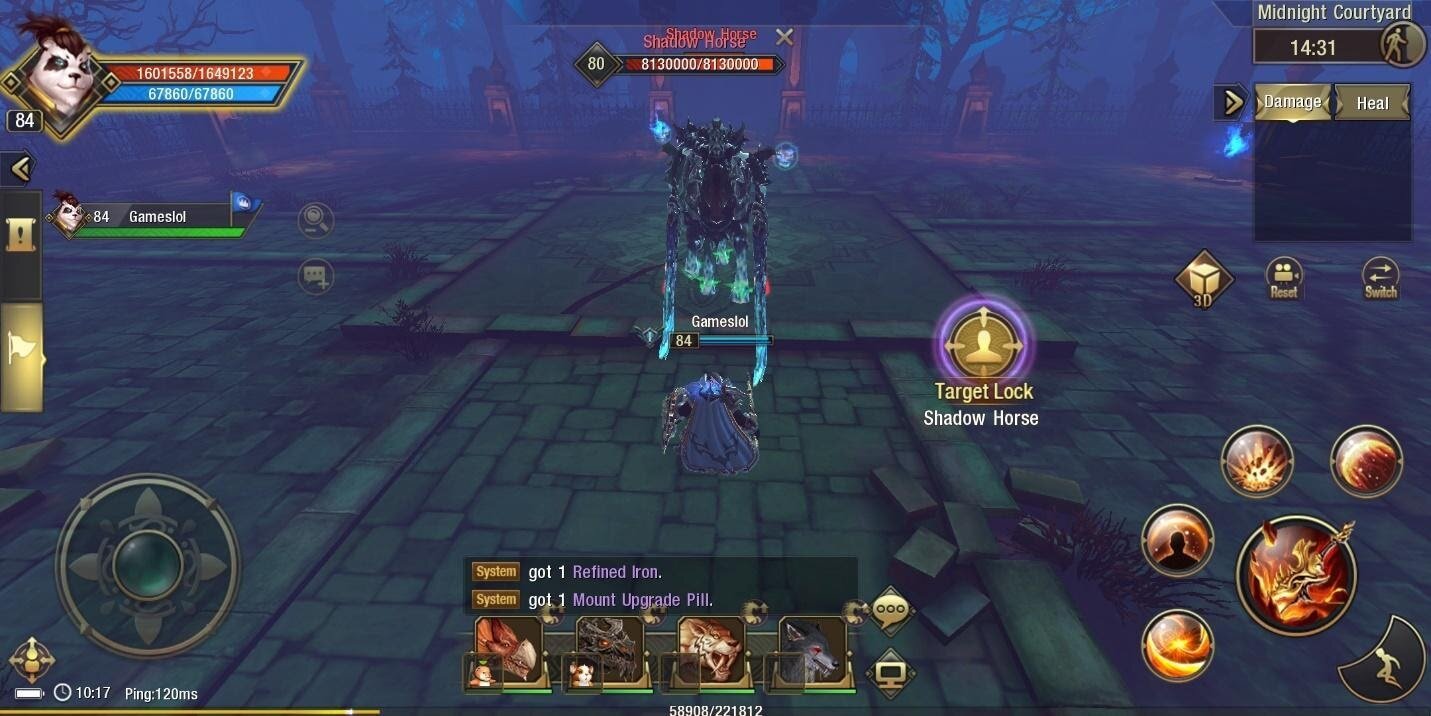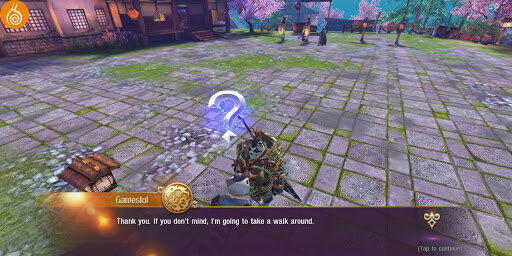Launched in 2017, as a direct sequel to Snail Game’s Taichi Panda series, Taichi Panda 3: Dragon Hunter comes packed with three times the features and three times the fun, literally. Nevertheless, despite the overwhelming features, the huge open world, the colossal collection of items, and the awesome roster of mounts, one element somehow made this game less appealing, especially to hardcore MMORPG fans.
Taichi Panda 3 Goes Full Auto
The “three times the features and three times the fun” phrase mentioned in the intro is not a pun but a fitting description of Taichi Panda 3. The phrase may even be an understatement given the number of elements and features embedded in the game’s core.
From Linear to Open-World
Taichi Panda 3: Dragon Hunter takes the classic linear gameplay of the previous installments to the next level. Don’t get me wrong, the enhancements, improvements, and new features work like a charm. Nevertheless, the massive leap from linear to open-world also came with its own set of dilemmas. Aside from a couple of hiccups in graphics, navigating through the game’s huge map comes as a bit of a challenge. Due to the number of icons displayed in the main interface. This is where the automation feature comes into play.

Battle in One-Click
Popularized by Auto Chess, the auto-battle system is slowly becoming an iconic feature in MMORPGs, especially the ones that follow the Freemium structure. You see, the never-ending barrage of quests is one of the elements that hook players into spending hours playing Freemium MMORPGs. The more time you spend in the game, the more likely it that you will either make an in-game purchase. With that said, the auto-battle system is a great way to make each quest less stressful to the player. Less interaction means more playtime, which, for the most part, is what the developers want.
Pathfinding
Snail Games, on the other hand, was already utilizing an auto-quest system called “pathfinding” since the second Taichi Panda installment. Pathfinding allows the character to travel to the quest location automatically. What all the player needs to do is just click on the name of the quest. Taichi Panda 3: Dragon Hunter still employs the same system, which, for the most part, is helpful when it comes to quest navigation in the game’s open world.
In addition, Snail Games also decided to add an auto-battle system to the game. Both the auto-quest and the auto-battle systems are convenient ways to build your characters, complete quests, etc. However, this convenience came with a price, which, in this game, is a skill-based challenge.
The Rise of Softcore MMORPGs
Skill-based gameplay, an expansive open world, a boatload of quests, in-depth character development/customization, and a solid backstory are just some of the elements that define an MMORPG. For the most part, the genre is one of the most demanding in the industry of gaming in terms of money and time. Hardcore MMORPG players spend countless hours doing raids, battling near-immortal bosses, collecting items, and other activities in the game. Surely, nothing beats that euphoric feeling of accomplishment that comes after beating a legendary boss or completing a near-impossible quest.

The rise in popularity of freemium MMORPGs spawned a new sub-category of MMORPGs called softcore (as opposed to hardcore MMORPGs). Softcore MMORPGs employ the auto-battle system. Examples of Softcore titles include Dragon Nest M, Lineage 2 Revolution, and Maplestory M. These freemium games sacrificed or somehow reduced the hardcore elements common to classic games in the genre.
Softcore MMORPGs narrow the intricacies down to character building and progression. Most of them focus on making the player feel that the character is constantly evolving and all the player needs to do is make sure that the character is fully upgraded to complete a quest, beat a boss, etc. This method allowed the developers to bring the MMORPG genre to casual gamers.
Effortless Gratification
Taichi Panda 3: Dragon Hunter is a great Softcore MMORPG. The game’s features may be too overwhelming for most of the devices on its platform. It’s also packed with a plethora of features conveniently located on the screen—accessible with just a click of a button. It also comes with a generous reward system that will fill your storage space in no time. Not to mention the detail-rich characters, environments, and cinematic cut-scenes that make special events in the game even more immersive.
However, the brilliant features, impressive design, attention to detail, and bombardment of rewards are not enough to satisfy or provide the same euphoric feeling of accomplishment commonly seen in classic titles in the genre. The auto-battle and auto-quest features make the player dependent on the feature. This makes what could be a challenging MMORPG feel more like an AAA idle/incremental game.
Like most softcore MMORPGs, Taichi Panda 3: Dragon Hunter provides effortless gratification, which is not bad, especially if you are a casual MMORPG player. After playing the game for almost two days, a character may be able to reach level 81, acquire multiple mounts, two legendary pets, tons of items/weapons/crystals/gear, and so much more using less effort. To that end, if you are a casual gamer who wants to experience an open-world MMORPG without investing too much time and effort, then Taichi Panda: Dragon Hunter is a game you should try.

















